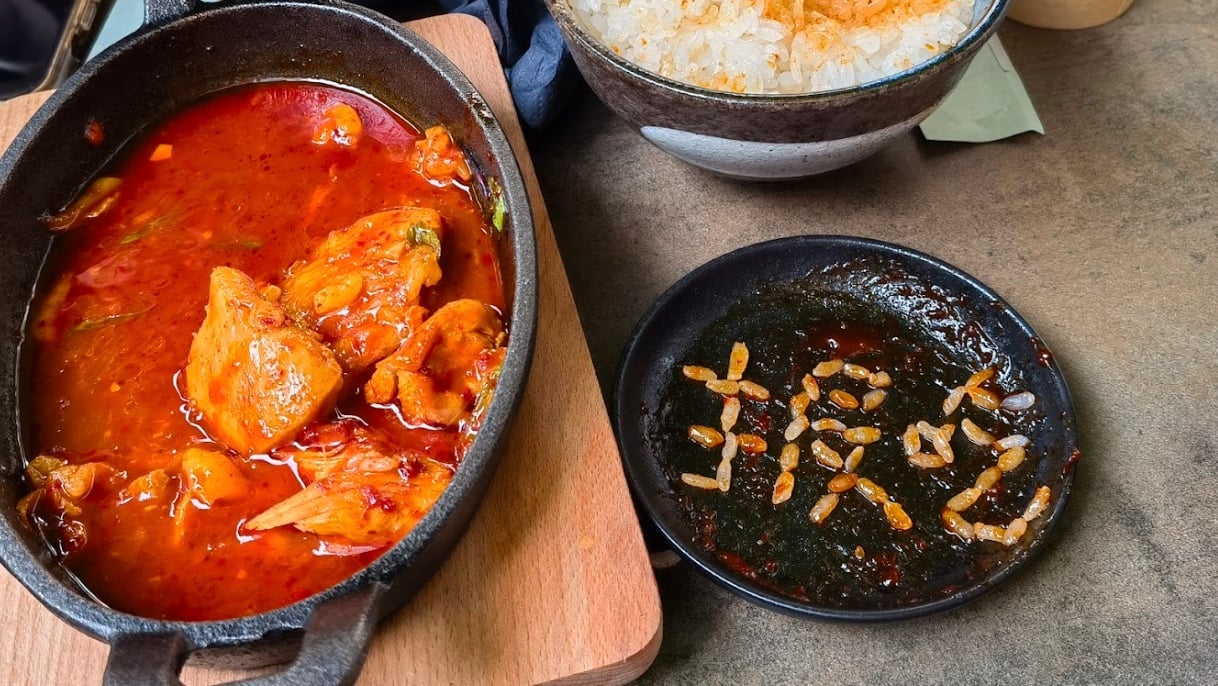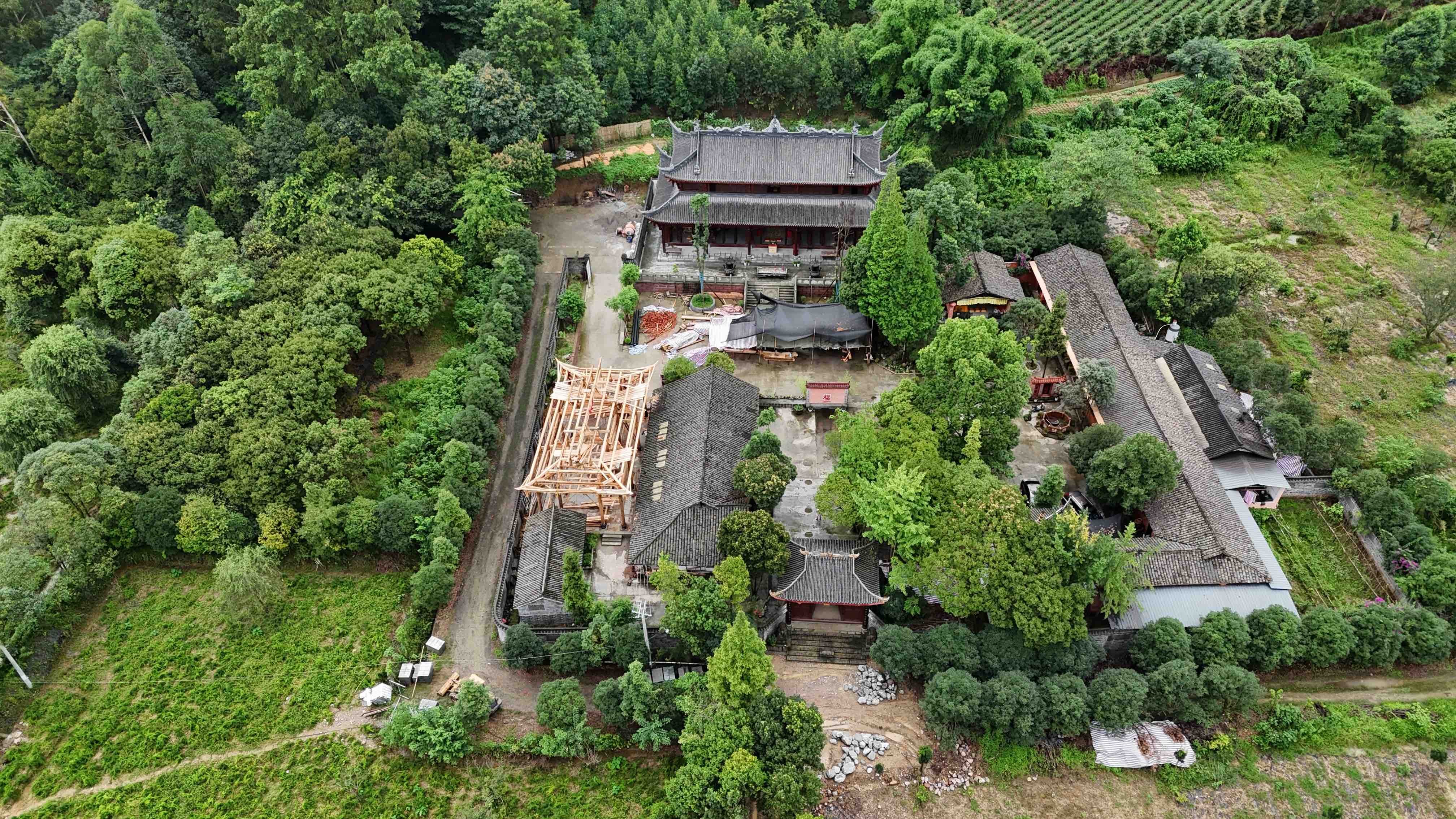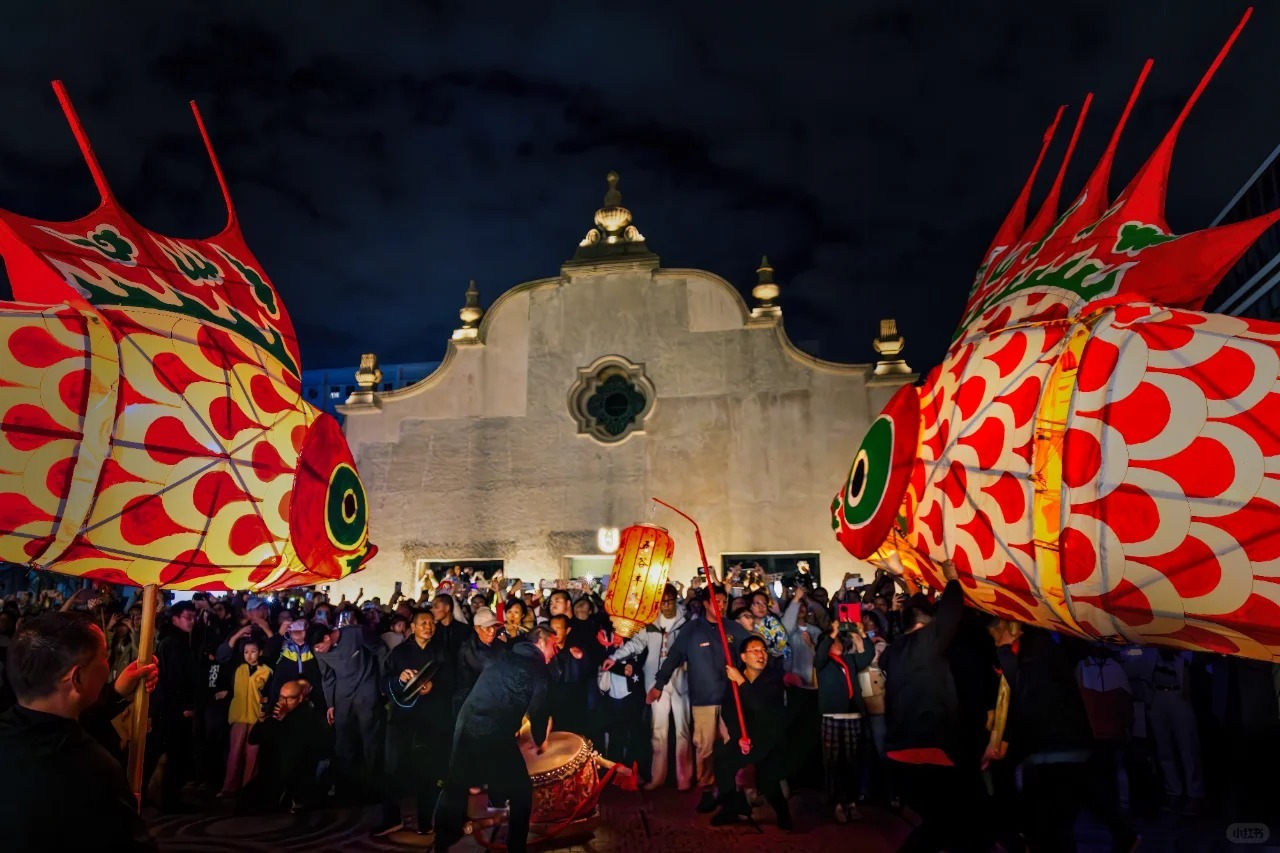Young Chinese people are banding together to wander around new cities — or their own — in pursuit of a laid-back, authentic experience.
Encompassing everything from aimless wandering and foodie destination-hopping, to seeking out interactions with locals, ‘citywalks’ have rapidly taken over Chinese social media in recent months, where they’re seen as a budget-friendly way to soak in some local color, and avoid potentially overrated destinations.

Often conducted in groups and occasionally with a guide, some of the most popular citywalk destinations include Beijing’s hutongs or picturesque Liangma River, and Shanghai’s Changning District.
According to Chinese social media, the term ‘city walks’ reportedly originated in the UK, referring specifically to guided tours that focused on a city’s history and culture. However, the meaning of the phrase in China is far less specific — the main idea is for citywalk participants to forge their own routes, feeling out the atmosphere of a city for themselves.

Though citywalks were born as an off-the-beaten-path method of exploration, the virality of the trend has led to thousands of citywalk guides and recommendations, and even official citywalk routes promoted by municipal governments.
On Instagram-like Xiaohongshu, a search for ‘citywalk’ turns up more than 600,000 posts and tens of millions of views.
Online commentators have compared citywalking to the French flânerie, a noun that refers to ‘aimless, idle behavior.’ 19th-century literary figures like Charles Baudelaire and Walter Benjamin turned the flâneur into an archetype and symbol, an observer of contemporary life.
“An extended stroll represents the ability to wander away from society,” wrote Chen Xuan in The Paper. “The walk is a way to understand the rich diversity of the urban landscape.”

One WeChat blogger wrote, “Many people are confused, [asking] whether citywalks are just regular walks…but the difference lies in one’s mentality and point of departure: you have to start with curiosity, in a relaxed way, open to feeling the beauty and freedom of the journey.”
Citywalks are the latest chill travel trend to sweep the country — over the past few years, temple excursions and road trips have also had their turns in the spotlight.
Cover image via Yusong He, all other images via Xiaohongshu


















